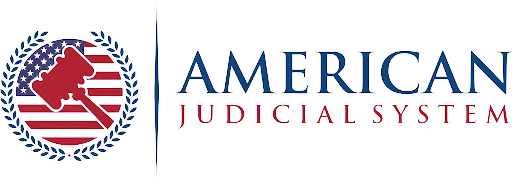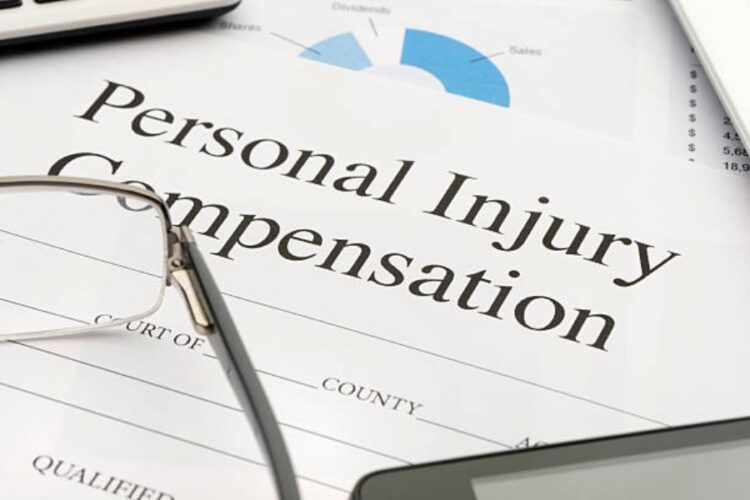When you’re hurt in an accident, the road to recovery often involves more than just healing your body. Many people wonder how long it takes to receive compensation after filing a personal injury claim. While every case is different, most follow a general timeline. Knowing what to expect can help reduce stress during a tough time.
Understanding the Personal Injury Claim Process
Before we break down the timeline, it’s helpful to understand how the process works and who’s involved.
What Is a Personal Injury Claim?
A personal injury claim is a legal request for compensation after someone else causes you harm. These cases often happen after car accidents, slips, or other incidents that lead to injury. The goal is to recover money for medical bills, missed work, and emotional distress.
Even if the injury seems small at first, the effects can build over time. Some people deal with pain for months, while others face ongoing therapy or surgery. Filing a claim helps make sure those costs aren’t paid out of your own pocket.
Parties Involved in an Injury Case
Several people are part of a personal injury case. First is the injured person, also called the plaintiff. They usually hire a personal injury lawyer to handle the case. Then there’s the insurance company representing the person or business at fault. Insurance companies try to lower how much they pay. A personal injury attorney helps protect your rights and makes sure your claim is taken seriously.
In some cases, there may be more than one party at fault. For example, in a multi-car crash, several drivers might share blame. Your lawyer will work to identify all the responsible parties and make sure each one is held accountable.
For many people, the hardest part is knowing where to find trustworthy legal help, especially while dealing with pain and paperwork. In situations like these, a trusted personal injury law firm in Charlotte and Concord or the one available in your location can provide the guidance and support needed to move forward confidently.
Step-by-Step Timeline of a Personal Injury Case
Each case is unique. Still, most follow a similar series of steps. Let’s walk through the usual process from start to finish.
1. Immediate Aftermath of the Injury
Your health comes first. Get medical treatment as soon as possible, even if you feel okay. Some injuries don’t show up right away. Medical records also serve as proof for your claim.
Next, report the incident. For car accidents, call the police and get a report. If you were hurt in a store or on someone’s property, notify the owner or manager.
Finally, gather evidence. Take photos, get contact info from witnesses, and keep track of damaged items like your car or phone.
These early steps lay the groundwork for an impactful case. Delaying things can make it more difficult to show and prove what really happened or how bad your injuries are.
2. Hiring a Personal Injury Lawyer
Once your health is stable, contact a personal injury lawyer. Many offer free consultations. A lawyer will explain your rights and help decide whether your case is strong enough to pursue.
The sooner you involve a lawyer, the better. They can guide you on what to say to insurance companies, what paperwork to save, and how to avoid common mistakes.
3. Investigation and Case Building
If you move forward, your lawyer will start building your case. They’ll gather medical bills, treatment records, and proof of lost income. They’ll also look at how your injuries have changed your life.
This may include getting expert opinions, such as doctors who can testify about your future care needs. They may also bring in accident reconstruction experts if fault or negligence is unclear. The more detailed your evidence, the stronger your case will be.
4. Filing the Injury Claim
Next, your lawyer sends a demand letter to the at-fault party’s insurance company. This letter explains your injuries, medical costs, emotional distress, and more. The insurance company usually has about 30 days to reply, but it may take longer.
The letter will include a specific dollar amount your legal team believes is fair. It’s based on the facts, the law, and the impact of the injury on your life.
5. Negotiation Phase
The insurance company might make a low offer quickly. Many people are tempted to accept it. However, your lawyer will review it and push for a better amount. Most personal injury claims are settled during this stage.
Back-and-forth negotiations can take weeks or even months. The goal is to reach a settlement that fully covers your losses and future needs.
6. Going to Court (If Needed)
If you can’t reach a fair deal, your case might go to court. This adds time, sometimes several months or more. Even then, many cases settle before a final decision is made.
Your lawyer will prepare by gathering more evidence, interviewing witnesses, and filing court documents. Trials are more formal, and outcomes can vary, but they may be needed when the insurance company won’t cooperate.
7. Reaching a Settlement or Verdict
Once a deal is made or the court makes a ruling, you’ll receive your compensation. Most people get paid within a few weeks. Sometimes, though, it takes longer due to paperwork or insurance delays.
Your lawyer will also handle any liens or bills that must be paid from the settlement. That way, you walk away with your fair share.
Types of Damages You Can Claim
Economic Damages
These are losses you can measure with numbers. They include:
- Medical expenses, including future care costs
- Lost wages from time missed at work
- Reduced earning capacity if your injury affects your ability to earn in the future
- Property damage, like vehicle repairs or replacement
These costs are the starting point for most claims.
Non-Economic Damages
These losses are harder to measure but still matter. They include:
- Pain and suffering, such as ongoing physical discomfort
- Emotional distress, including anxiety, depression, or sleep problems
Though they don’t come with receipts, non-economic damages often make up a big part of the total payout.
Punitive Damages
In rare cases, a court may award extra money to punish the person or business that caused the harm. This happens when their actions were especially reckless or dangerous.
Factors That Can Affect the Timeline
Some injury claims are resolved quickly. Others take longer. Here are a few things that can affect the process:
- Severity of your injury. Serious injuries often mean longer recovery times and more evidence needed.
- Length of medical treatment. Lawyers usually wait until you’re fully treated before settling.
- Insurance company response. Some are slow to respond or may argue about the amount.
- Court schedules. If the case goes to trial, delays are common.
- Disagreements about fault. If the other side blames you, it can slow things down.
These factors can stretch your case by weeks or even months. Being patient and staying in touch with your lawyer can make things easier.
Final Thoughts
Most personal injury claims follow the same basic steps, even though each case is different. From the moment you’re injured to the day you get paid, every part of the process plays a role. A good personal injury lawyer can guide you through it, helping you focus on healing while they handle your claim. With the right support, you can work toward fair compensation for your medical bills, lost wages, and emotional stress.










